Austria is a great country to live in, but not a particularly easy one to immigrate to, especially if you are not an EU/EEA citizen. There are many hurdles to getting a residence permit and most immigrants will have to show some proof of German knowledge or even pass an “integration exam”, also in German.
The integration exam is part of Austria’s “integration agreement”, which the government says serves to “integrate third-country nationals who are legally settled in Austria”. It also aims “at the acquisition of advanced German language skills and knowledge of the democratic system”.
READ ALSO: EXPLAINED: How to apply for a residency permit in Austria
Immigrants need to take two “modules”, depending on their goals. For certain resident permits, Module 1, which serves to prove language skills at the A2 level and includes an integration exam, is mandatory.
The second module is only a prerequisite for granting a long-term residence permit and generally for granting citizenship.
Who needs to take the exam?
Third-country nationals are obliged to complete Module 1 when first granted one of the following residence permits:
- “Red-White-Red Card”
- “Red-White-Red Card plus”
- “Settlement Permit”
- “Settlement Permit – Gainful Employment Excepted”
- “Settlement Permit – Special Cases of Dependent Gainful Occupation”
- “Settlement Permit – Artists”
- “Settlement Permit – Dependant”
- “Family Member”
However, certain exceptions can be confusing. For example, a person who was granted the Red-White-Red card is considered to have successfully completed Module 1 due to the points-based system they have to go through.
READ ALSO: How Austria is making it easier for non-EU workers to get residence permits
Other exceptions include:
- holders of a “Stay Permit”
- holders of an “EU Blue Card”
- holders of a “Settlement Permit – Researcher”
- holders of a “Residence Card or Long-term Residence Card” (family members of EEA and Swiss nationals entitled to move and reside freely).
Certain groups are also exempt from the Module 1, including underage third-country nationals, third-country nationals in bad health condition (a medical report by a public health officer has to be provided) and a third-country citizen who has declared in writing that they will not stay in Austria for more than 12 months in 24 months.
You can complete Module 1 by showing proof of German and passing the Integration exam, but also by other means. For example, people with a “school-leaving certificate with general eligibility for university admission”, an equivalent to the Austrian Matura, don’t need to fulfil Module 1. If your country doesn’t have a Matura, it’s usually enough to show proof of attendance at a university level.
Holders of a “residence permit – artists”, similar to holders of the Red-White-Red, are also considered to have completed the Modul.
READ ALSO: Visas and residency permits: How to move to Austria and stay long-term
What does the test look like?
For the completion of Module 1, the German test is to prove A2 level, and you can find an online example HERE.
The civil exam, which should prove integration and knowledge of Austria’s democratic system and history, is perhaps the one that causes more concern to those applying. You can find a training test online HERE.
The test is in German, but we have also translated some example questions into English so you can test your knowledge and how well-integrated you are in Austria.
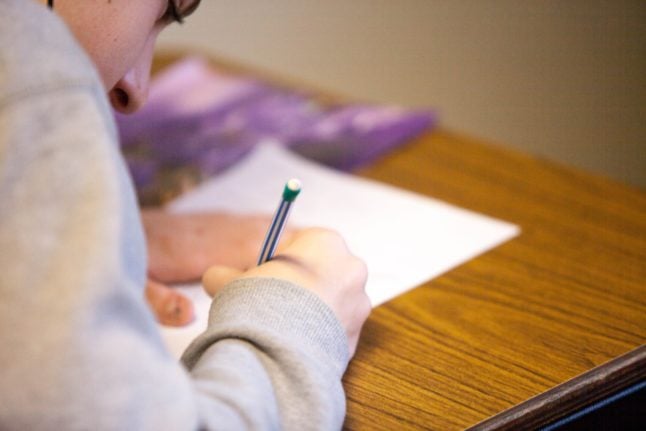
Can you pass these example questions?
TASK 1: Read the following statements and questions. They are either true or false (or yes or no) and only one answer is correct at a time. So check the right answer for each (answers to both tasks are at the end of this article).
- Austria is a republic.
- A wife has a different opinion than her husband. Is she allowed to speak her mind?
- In Austria, parents are supposed to come to school during parent-teacher conferences and talk to teachers about their children.
- Someone loses his job because he is homosexual. Is that allowed in Austria?
- A house rule may state, for example, that you are not allowed to be loud after 10 pm.
- In Austria, every woman is allowed to decide for herself how many children she wants to have.
- My brother does not have health insurance. Can he use my e-card when he goes to the doctor?
- Tyrol is an Austrian state capital.
- Is it possible to call emergency numbers for free in Austria?
READ ALSO: ‘Citizenship is problem child’: How Vienna’s immigration office MA35 is changing
TASK 2: Read the following statements. There are three possible answers to the questions (a, b and c), but only one is correct. Tick the one right answer
1. When my computer is broken…
a) I take it to a special waste disposal place
b) I put it on the street
c) I throw it in the residual waste
2. What is a fundamental human right in Austria?
a) Women may vote from the age of 21
b) Women and men have the same rights
c) Men are allowed to have two wives
3. I am unemployed and the AMS has found me a job in a company. What do I have to do now? I have to…
a) Go there and introduce myself
b) Not go there because I get money from AMS
c) Only go there if I like the company
4. Austria has about…
a) 5.5 million inhabitants
b) 8.5 million inhabitants
c) 12.5 million inhabitants
5. Who is allowed to take the mother-child passport examination?
a) All family members
b) Children up to 16 years
c) Pregnant women
6. Parliament…
a) Decides on religious laws
b) Passes state laws
c) Elects the Federal President
7. A woman wants to become a car mechanic. She has to do an apprenticeship and…
a) Study at the university
b) Attend a technical college
c) Go to vocational school
8. In Austria, it is forbidden for adults to…
a) Drink alcohol
b) Hurt their partner
c) Change their religion
9. From when can one freely choose one’s religion in Austria?
a) From 12 years
b) From 14 years
c) From 18 years
The answers to task 1:
1.True; 2.Yes; 3.True; 4.No; 5.True; 6.True; 7.No; 8.False; 9.Yes
The answers to task 2:
1.a; 2.b; 3.a; 4.b; 5.c; 6.b; 7.c; 8.b; 9.b

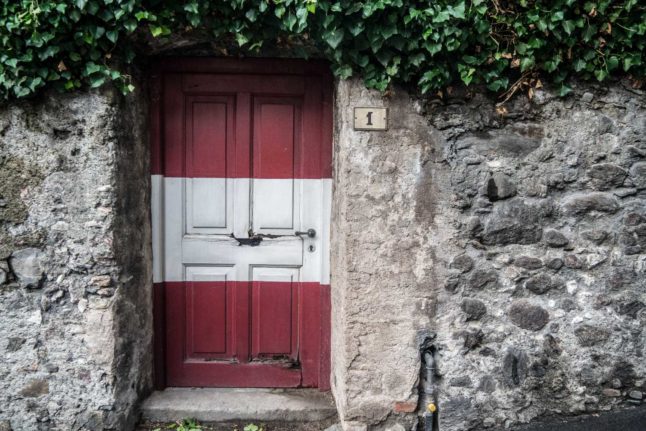
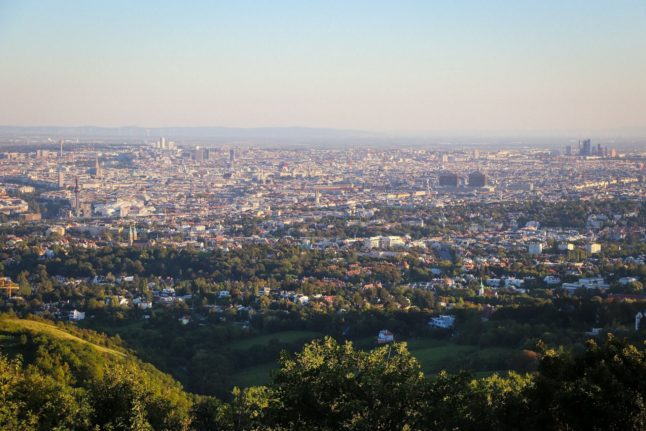

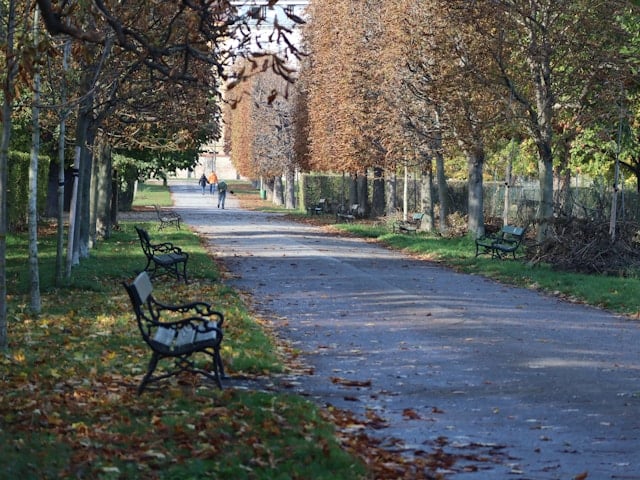
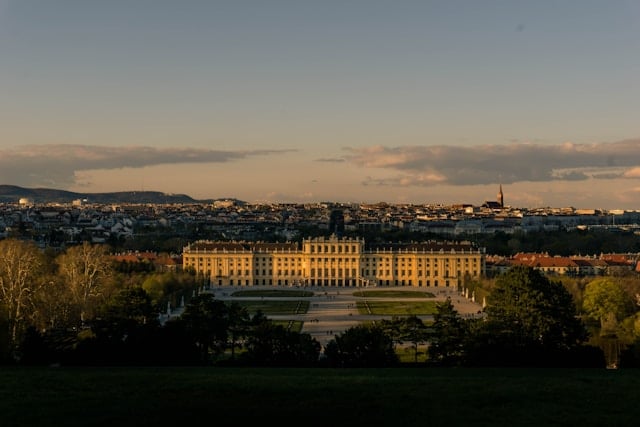
 Please whitelist us to continue reading.
Please whitelist us to continue reading.
Member comments